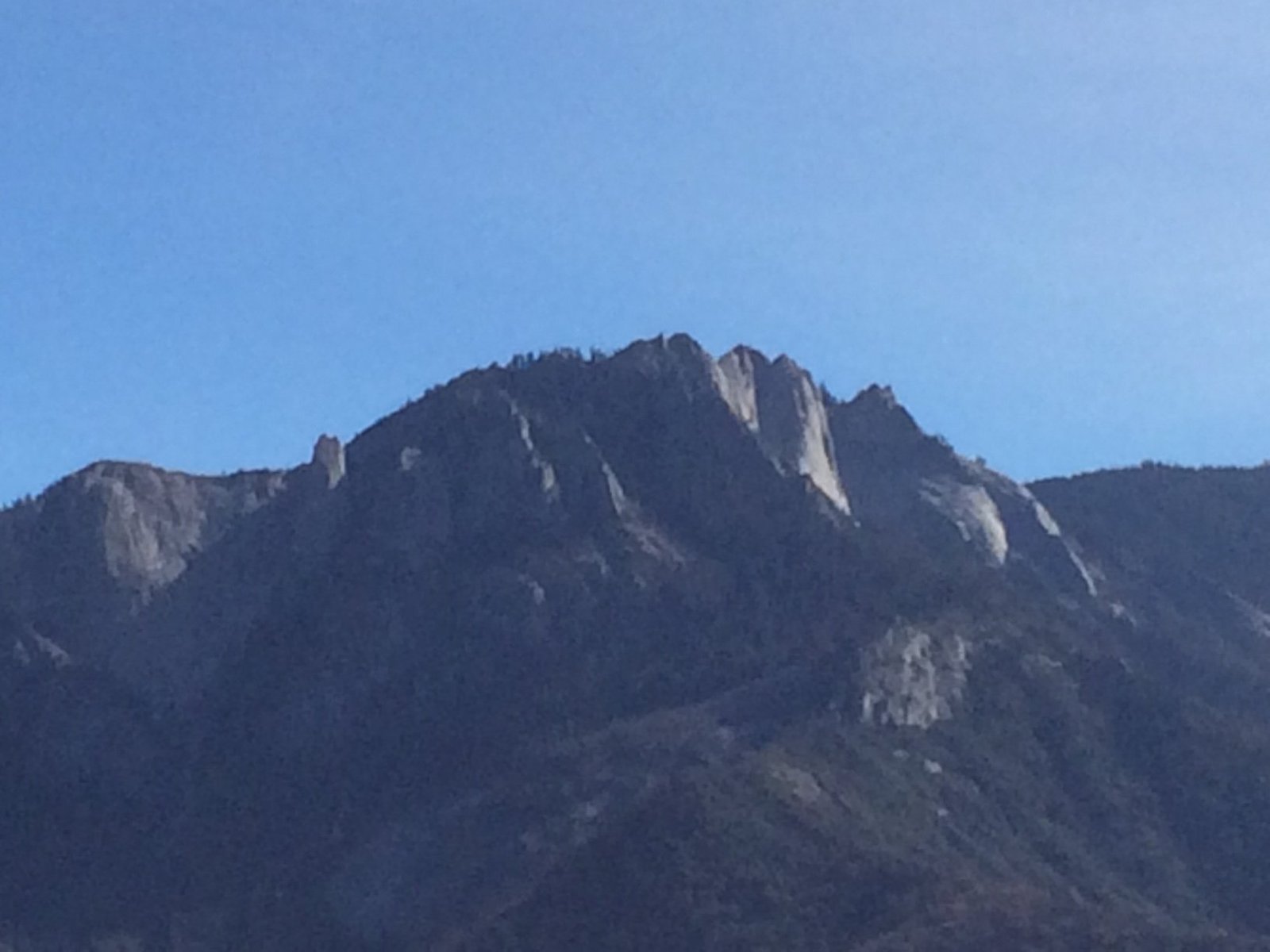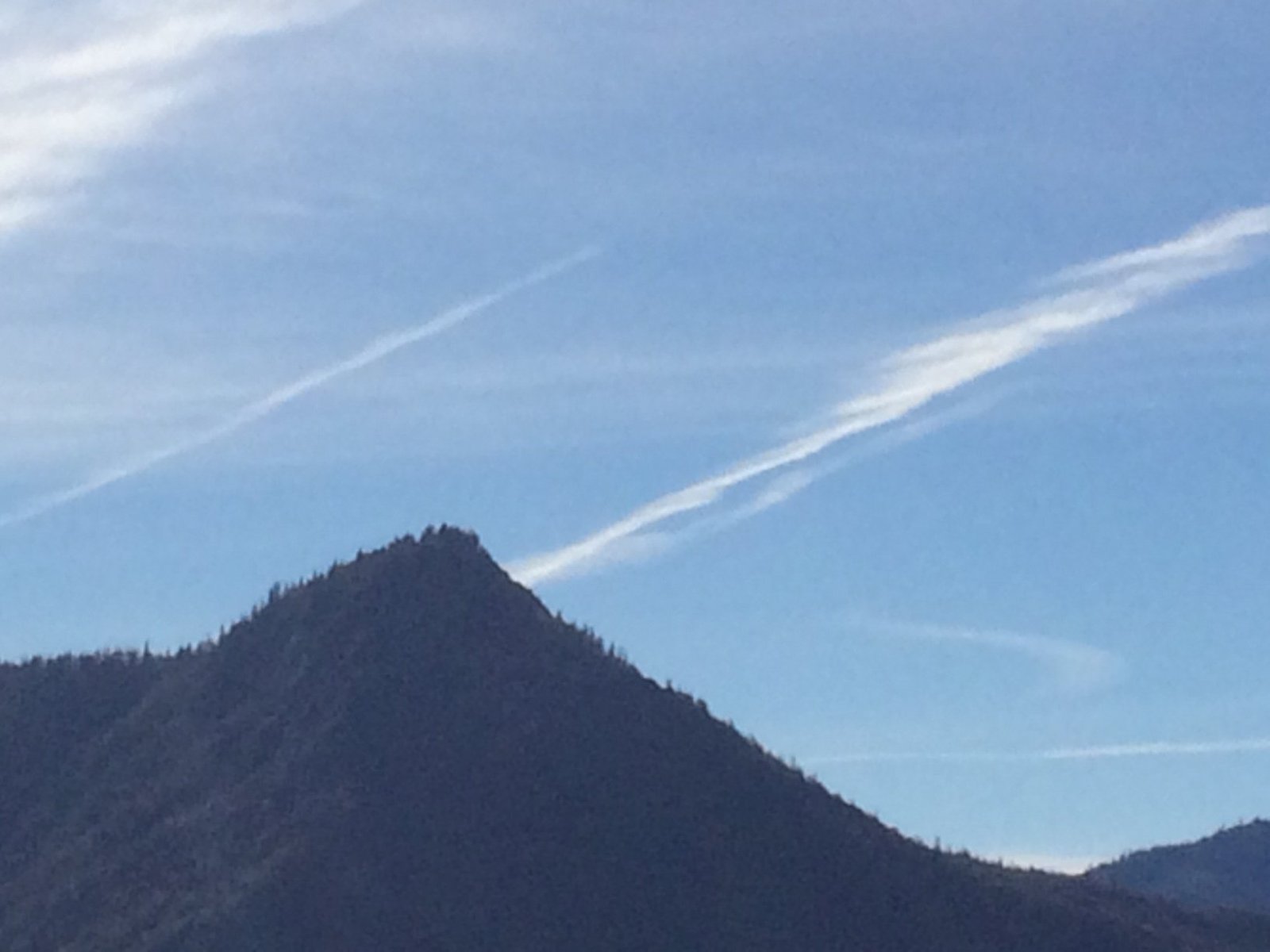Sequoia National Park, known for its towering trees and breathtaking landscapes, presents unique challenges due to its high elevation. Altitude sickness is a significant concern for visitors, as the park’s elevations range from 1,370 to 14,494 feet. This guide provides crucial information on recognizing, preventing, and managing altitude sickness in Sequoia National Park, ensuring a safe and enjoyable experience for all visitors.
What Are the Altitude Levels in Sequoia National Park?

Sequoia National Park boasts a diverse range of elevations, each presenting its own set of challenges for visitors:
- Foothills: 1,370 – 4,000 feet
- Giant Forest: 6,500 – 7,200 feet
- Lodgepole: 6,700 feet
- Mineral King: 7,500 – 9,000 feet
- Mount Whitney: 14,494 feet (highest point in the contiguous United States)
Altitude sickness can begin to affect individuals at elevations as low as 4,000 to 5,000 feet above sea level. This means that many popular areas within the park, such as the Giant Forest and higher, pose a risk for altitude-related illnesses.
How Does Altitude Sickness Manifest in Sequoia National Park?

Altitude sickness in Sequoia National Park can present itself in various forms, ranging from mild discomfort to severe, life-threatening conditions:
- Acute Mountain Sickness (AMS):
- Headache
- Fatigue
- Nausea
- Loss of appetite
- Dizziness
-
Sleep disturbances
-
High Altitude Pulmonary Edema (HAPE):
- Shortness of breath, even at rest
- Persistent cough
- Chest tightness
-
Blue lips or fingernails
-
High Altitude Cerebral Edema (HACE):
- Severe headache
- Confusion
- Loss of coordination
- Hallucinations
These symptoms typically onset within 6-24 hours of reaching higher elevations and can worsen if not addressed promptly.
What Are the Best Strategies to Prevent Altitude Sickness?
Preventing altitude sickness in Sequoia National Park involves several key strategies:
- Gradual Ascent:
- Allow time for acclimatization
- Ascend slowly, especially above 8,000 feet
-
Consider spending a night at a lower elevation before ascending higher
-
Proper Hydration:
- Drink plenty of water (at least 3-4 liters per day)
-
Avoid alcohol and caffeine, which can contribute to dehydration
-
Balanced Diet:
- Eat light, high-carbohydrate meals
-
Avoid heavy, fatty foods
-
Adequate Rest:
- Get plenty of sleep
-
Avoid overexertion, especially in the first 24-48 hours at higher elevations
-
Medication (consult with a doctor):
- Acetazolamide (Diamox) can help prevent and treat altitude sickness
- Over-the-counter pain relievers for headaches
How Can Visitors Acclimatize to Sequoia National Park’s High Altitudes?
Acclimatization is crucial for enjoying Sequoia National Park safely. Here’s a recommended acclimatization plan:
| Day | Activity | Elevation |
|---|---|---|
| 1 | Arrive and stay in the foothills | 1,370 – 4,000 feet |
| 2 | Explore lower elevation areas, gradually ascending | Up to 6,000 feet |
| 3 | Visit Giant Forest, limiting strenuous activity | 6,500 – 7,200 feet |
| 4 | Begin more challenging hikes, if feeling well | Above 7,000 feet |
| 5+ | Consider higher elevation activities | Up to 14,494 feet (Mount Whitney) |
Remember, everyone acclimatizes differently. Listen to your body and descend if symptoms persist or worsen.
What Resources Are Available for Altitude Sickness in Sequoia National Park?
Sequoia National Park offers several resources to help visitors manage altitude-related issues:
- Ranger Stations: Provide information and assistance
- First Aid Stations: Located at major visitor centers
- Emergency Services: Available for severe cases (call 911)
- Educational Materials: Brochures and signage about altitude sickness
Visitors should also:
– Carry a first aid kit
– Bring any prescribed medications
– Have a plan for descending quickly if needed
How Does Altitude Affect Different Activities in Sequoia National Park?
The high altitude in Sequoia National Park can significantly impact various activities:
- Hiking:
- Trails feel more strenuous
- Pace is typically slower
-
More frequent breaks may be necessary
-
Camping:
- Nights are colder at higher elevations
-
Proper gear for temperature regulation is crucial
-
Driving:
- Winding mountain roads require extra caution
-
Vehicle performance may be affected at high altitudes
-
Photography:
- Clearer air can enhance visibility and photo quality
- UV protection for both skin and camera equipment is important
Visitors should adjust their expectations and plans according to the altitude of their chosen activities.
What Are the Long-Term Effects of Altitude Exposure in Sequoia National Park?
While most visitors to Sequoia National Park experience only short-term effects of altitude, prolonged exposure can lead to:
- Improved red blood cell production
- Enhanced lung capacity
- Better overall cardiovascular fitness
However, these adaptations typically reverse upon returning to lower elevations.
For individuals with pre-existing health conditions, especially respiratory or cardiovascular issues, consulting a doctor before visiting high-altitude areas of the park is strongly recommended.
By understanding and preparing for the challenges of altitude in Sequoia National Park, visitors can minimize the risk of altitude sickness and fully enjoy the park’s majestic beauty and unique ecosystems.
References:
1. https://zacalife.com/blogs/blog/sequoia-park-altitude
2. https://pubmed.ncbi.nlm.nih.gov/11990178/
3. https://lastingadventures.com/blog/understanding-altitude-sickness/

